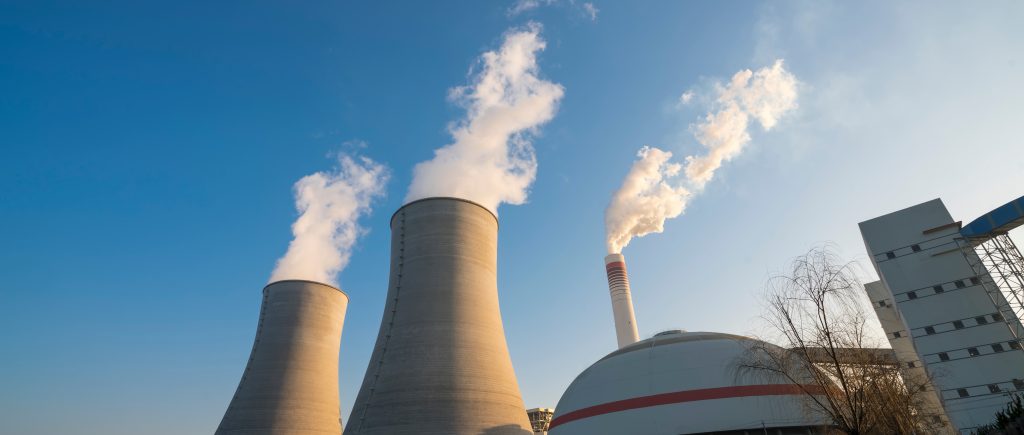As summer temperatures rise, so does the demand for electricity, putting the nation’s power grids to the test. This year, the challenge appears even greater, with anticipated electricity demand projected to increase by 10 gigawatts (GW) compared to last year—more than double the increase seen between 2023 and 2024. While most grids are expected to manage under typical conditions, certain regions face elevated risks of power shortages during periods of extreme heat.
Regions Under Pressure
The Midcontinent Independent System Operator (MISO), serving approximately 42 million customers across the Midwest, Arkansas, Louisiana, and Mississippi, is particularly vulnerable. NERC’s 2025 Summer Reliability Assessment indicates an elevated risk of operating reserve shortfalls in MISO’s territory when demand peaks or resource output is low. The situation is compounded by the retirement of nearly 1.6 GW of capacity since last summer, largely replaced by more variable solar power. Other regions facing similar challenges include New England, Texas, and much of the Great Plains.
In Texas, the state’s power producers have seen an interesting shift. While their ability to meet normal demand has improved, their readiness for extreme demand has declined, primarily due to an increased reliance on renewable energy sources. This comes as Texas continues to attract energy-intensive industries such as data centers and semiconductor fabrication, further escalating electricity demand.
Investment Implications for Utilities
A strained grid presents a complex picture for investors in the utilities sector. In the long term, a tightening supply-demand dynamic could be beneficial for utilities and power merchants. This scenario often necessitates increased investment in infrastructure and can lead to higher margins. For example, NextEra Energy and Duke Energy could see advantages from the tighter grid in Florida, a region that experienced the most significant contraction in overall reserve margins over the past year.
However, the near-term outlook for utilities operating in high-risk regions carries its own set of challenges. A strained grid inherently increases headline risk, as utilities often bear the brunt of public and political criticism during outages or reliability events. This can negatively impact investor sentiment, even for otherwise strong performers.
Beyond the Immediate Heatwave
The recurring challenges faced by power grids during extreme weather events underscore a critical need for strategic investment and diversified energy portfolios. Relying heavily on intermittent renewable sources without sufficient baseload or storage capacity can exacerbate vulnerabilities during peak demand periods. The shift towards electrification across various sectors means that the strain on these grids will only intensify. Policymakers and utility executives face the ongoing task of balancing the transition to cleaner energy with the imperative of maintaining robust and reliable power delivery. The coming summers will undoubtedly serve as crucial tests, highlighting which power systems are truly resilient in the face of escalating demand and changing climate patterns.

 Noor Trends News, Technical Analysis, Educational Tools and Recommendations
Noor Trends News, Technical Analysis, Educational Tools and Recommendations




